The ancient city of Porto, Portugal dates back to 300 B.C. with Roman settlements which used the city as a port town. The city breaths with history, ancient squares and once lavish neighborhoods now falling into ruin. The city is built on steep hills that stretch down into the mouth of the Douro river valley, a rich farm valley known for the production of grapes used to make Port wine. Thin twisting steep alleys and a maze of narrow cobblestone roads wind ever downwards to the river banks. The wine is brought to the far banks of the city to the dense port caves of Vila Nova de Gaia. All true port originates here.
The cuisine here is hearty. Thick tripe stews, thick cuts of pork, plates with double starch (both potatoes and rice), sausages, great bread, and very large portions. I wanted to eat my way through every local dish but man the meals fill you up and I struggled to keep to my regimen. So you’ll see quite a few salads mixed into this food tour, which were equally delicious. And no trip to Porto is complete without trying the unholy mutant sandwich that is the Francesinha.
First meal
After checking into our AirBnB, we wound our way down to the docks which are the hub of tourist crowds. Not so much my scene but the waterfront looks like something out of a Pirates of the Caribbean movie. (I’m actually quite angry at Disney for making everything amazing I run across in the real world seem somehow unreal by proxy.) Thin ancient buildings painted bright colors, intricate tilework, cobblestone alleys.
We find a little cafe tucked into an anonymous alley and order a few of the local specialties I want to track down. Bread sausage, octopus rice, cod croquettes, and oxtail stew. And beer! The local beer seems to be this brand called Super Bock, which isn’t really a bock as I understand the style but it’s easy to drink and tasty so I’m not going to worry about semantics.
Kopke port tasting and touring the Taylor’s port caves
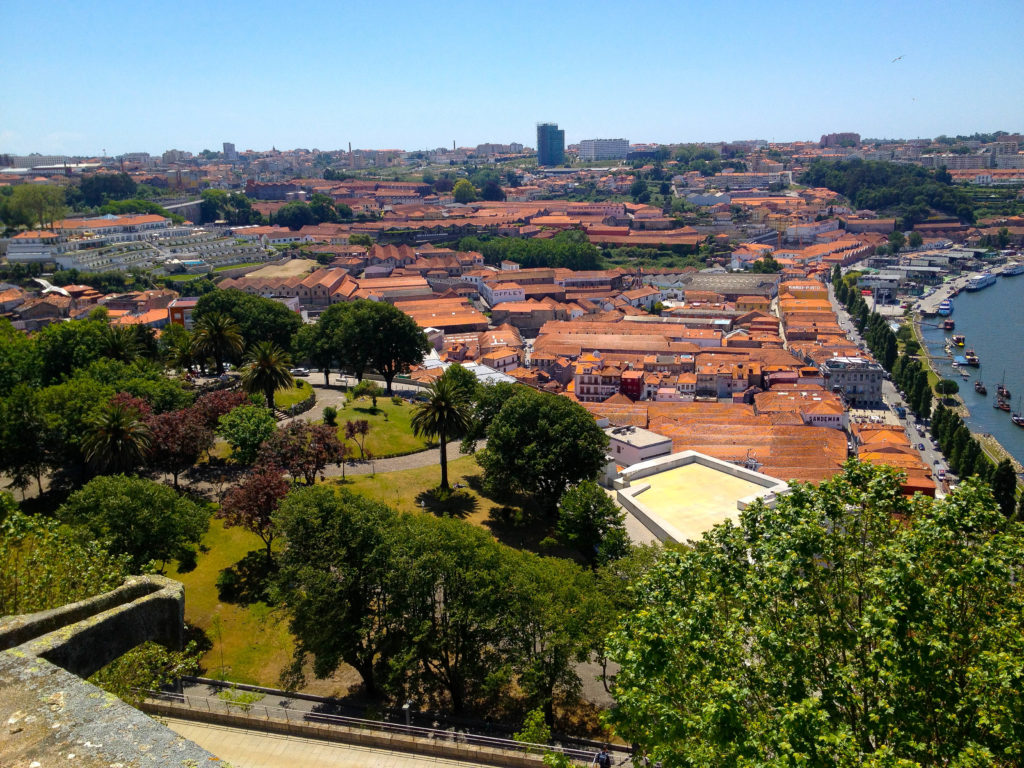
Arial view of the port caves of Vila Nova de Gaia. Pretty much all real port comes from these caves which date back to the first production of port wine.
To be clear, I love port wine. I’ve had many a fuzzy night pickled on the fortified yumminess. I have books on port, I read histories on port, and I was quite excited to visit it’s birthplace. Port is created initially by the same methods as any wine, here from the Douro valley grapes which are quite sweet. But half way through fermentation brandy is added to the barrels bringing the alcoholic content up to 20% (40 proof). The alcohol kills off the remaining yeast and halts fermentation which leaves much of the original sugar producing a sweet wine. This process was invented to survive the long trips back to England by sea which spoiled the traditional Douro wines. The mixture must barrel for a long time to appropriately marry the two flavors, usually around 8-10 years. The wine is sometimes offered in vintages primarily aged in the bottle or colheitas (single harvest) which are matured in barrels, but more commonly the wine is blended across multiple years to produce consistent flavor profiles in various styles. Ruby ports (the most common style) are aged in oxygen-free tanks and meant to taste younger and preserve the bright fruit flavors while tawny ports are aged in large barrels and have a more oxidized flavor and more oaken characteristics. Some producers offer age related products like 10, 20, 30, and 40 year bottles but are blended from much older barrels by master blenders.
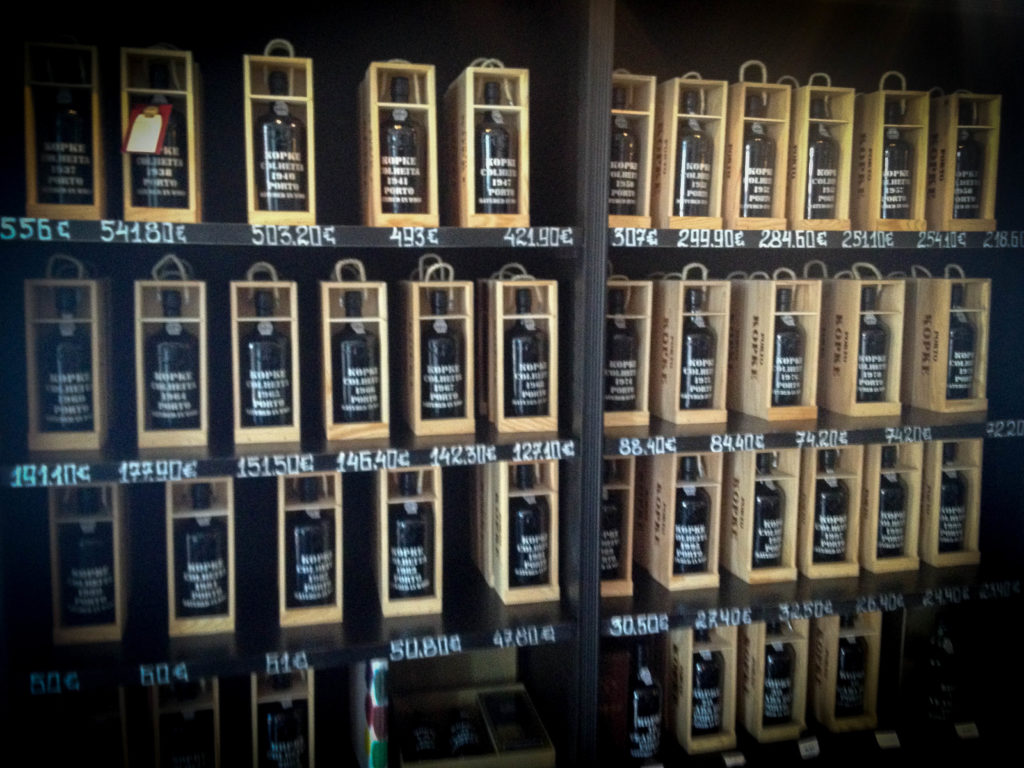
So many amazing bottles! Katy bought me a 1974 colheita as a birthday present (I was born in 1974). Coincidentally that’s the highest rated year available.
The Francesinha sandwich
I had not heard of the Francesinha sandwich before arriving in Porto but the signs for it are everywhere. I asked around and the locals did actually have a love for this sandwich as a true Porto original. Although everyone admitted they were too gargantuan to eat very often. The Francesinha layers meat on top of meat on top of meat for a true beast of a meal. Alternating layers of cured ham, linguiça, fresh sausage like chipolata, steak and covered with melted white cheese and topped with thick tomato and beer sauce which each restaurant has their own secret version (served with french fries). We asked around and found some consensus that the place to go was Cafe Santiago. Their version included a fried egg on top and the cheese was cut out to expose the yolk.
We got another one later in the week in a place by the river but it wasn’t nearly as good as the Santiago version.
Restaurante Cometa
I found this little restaurant online. It sits in the narrow curve of a steep street on the edge of town. A french style restaurant with a dark and tiled interior. The bartender seated us, a moustached character who reminded me of Eugene Hutz (front man of Gogol Bordello). This was my first experience with duck magret (breasts sourced from the foie gras ducks in Southern France) and at first I thought they had mistakenly brought me steak. The texture was so beef-like and red. Needless to say I fell in love with duck magret and sought it out multiple times over the course of the trip. I recommend this place to anyone spending some time in Porto.
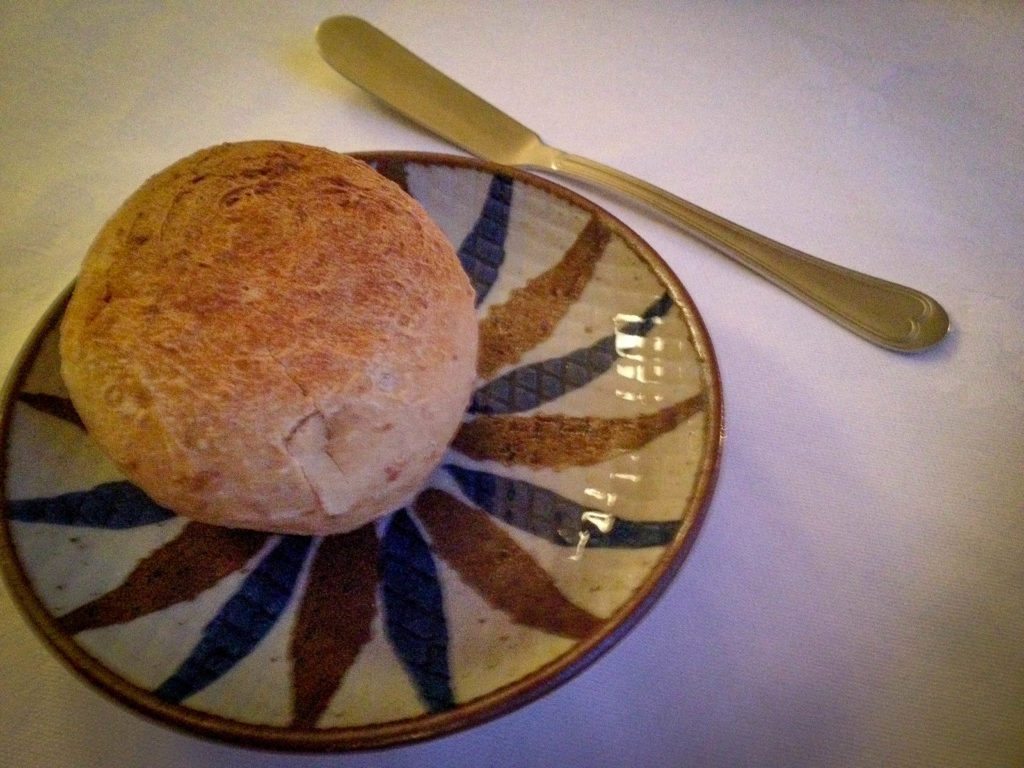
This roll may look simple but it was one of my favorite Porto finds. Thin crispy shell with a fluffy white center. These things were amazeballs.
Douro River Valley cruise
Normally I’m not into river cruises. I have childhood memories of my mother dragging me on river boats where I was stranded for hours with inebriated adults and the blaring sun toasting me into shades of brick red. But I’m game for new things and when when Katy suggested it I gave it a shot. The tour we chose was poorly attended, perhaps 6 people on a large tourist boat, but that was preferable by me and we got to see a beautiful countryside complete with traditional Portuguese food and port wine.
After a 2 hour train ride up the river we boarded our boat for a six hour downstream tour. And it was here that I was introduced to Boney M. A Jamaican version of ABBA vocaled by the same producer that vocaled the Milly Vanilly tracks. Boney M is one of the best selling artists of all time, not so popular in the States, but well known throughout Europe. And that’s pretty much all they played for the six hours. Luckily we were fully digging the Rasputin grooves.
Other traditional Portuguese food
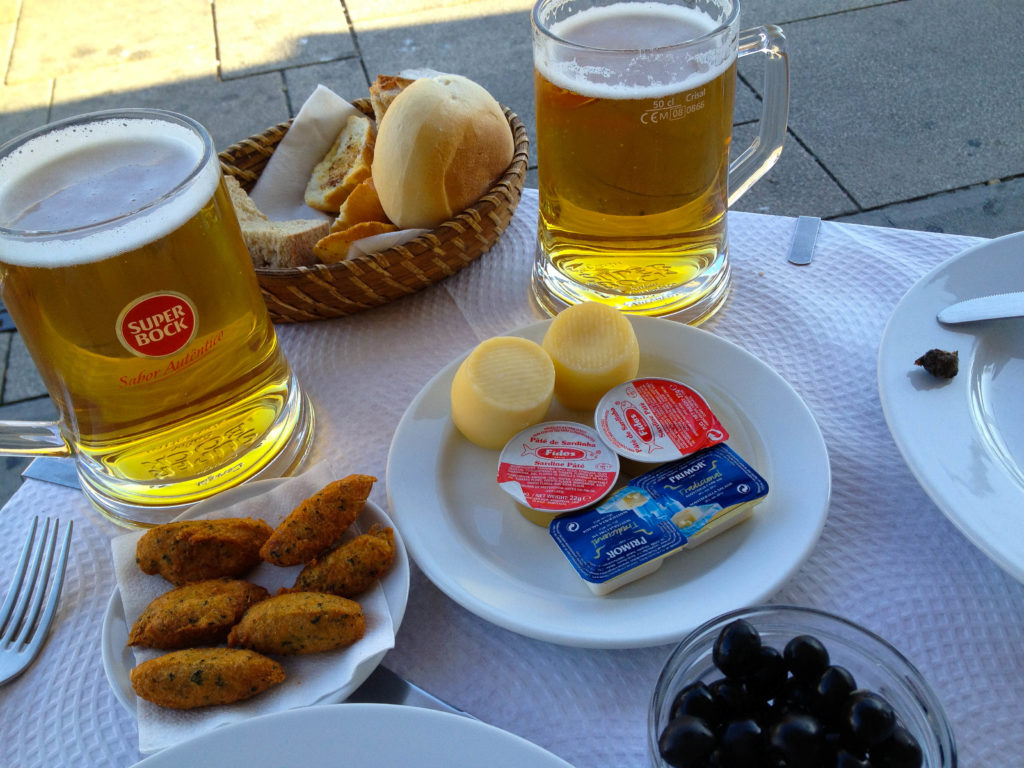
On multiple occasions we just ordered the beer with bread service which comes with a variety of bread, croquettes, butter, cheese, and olives. Pretty much all I need for lunch. The food in Porto can be very heavy.
I came to Porto with a plan. I’m not traditionally a fan of tripe. I’ve had it in various Asian dishes and but didn’t really like it. These chewy oddly textured pieces of stomach. But I knew that Portugal was famous for their tripe stew. This was going to be my pathway to understanding the joys of tripe. So I found a traditional joint that came well recommended and tucked into this enormous pot of tripe stew. And chewed, and chewed, and chewed. It wasn’t horrible but I still couldn’t get past the texture. A bit disappointing but I haven’t given up on tripe. I’ll figure out my in somehow. Maybe next time.
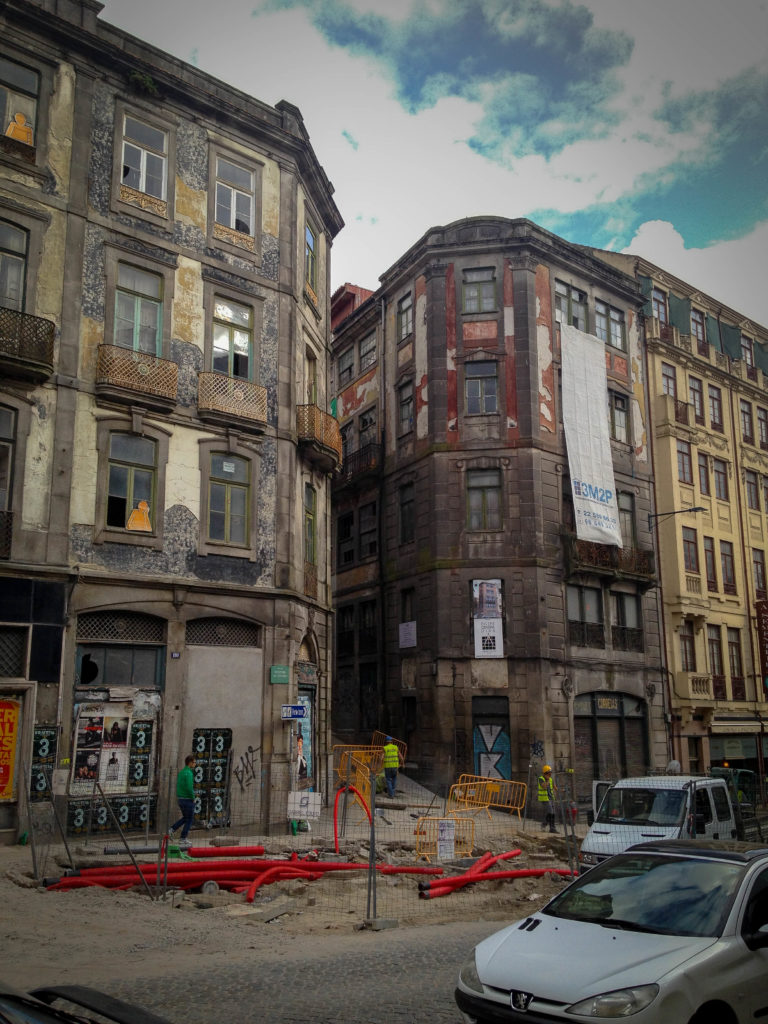
A typical Porto street. The buildings were pretty worn down and the streets everywhere were torn up for repairs. I hear since my visit these main roads have been completely renovated and jazzed up for tourists. But I’m glad I got to see them like this.
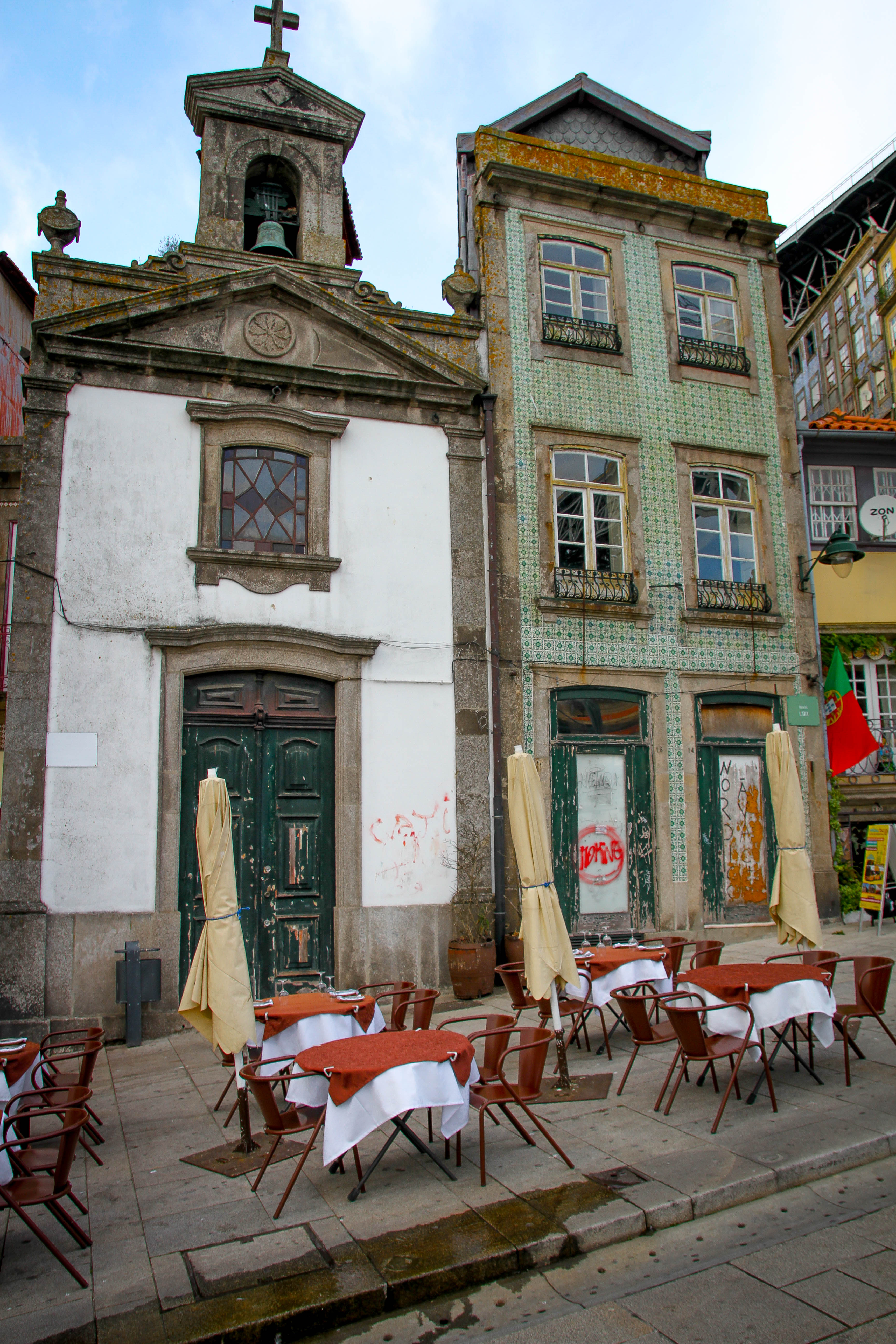
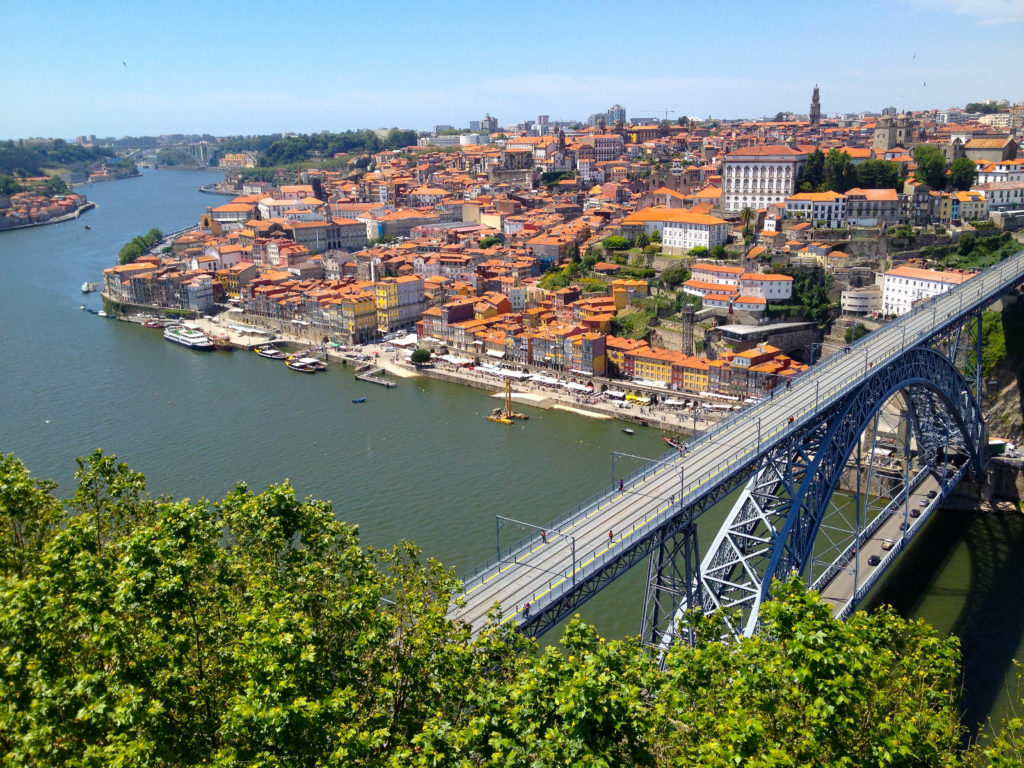
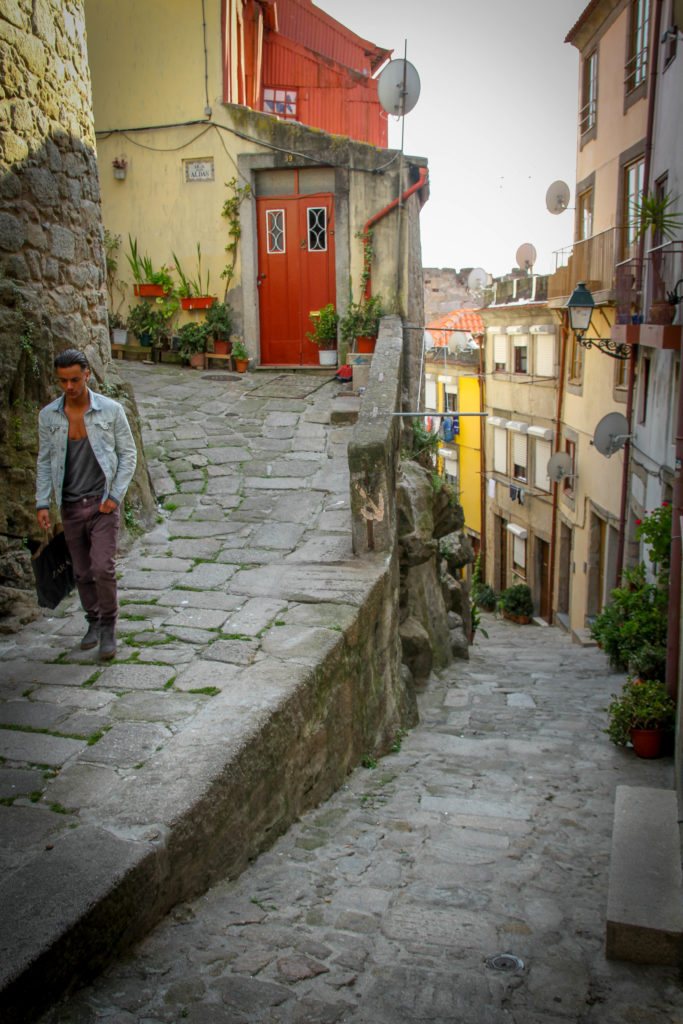
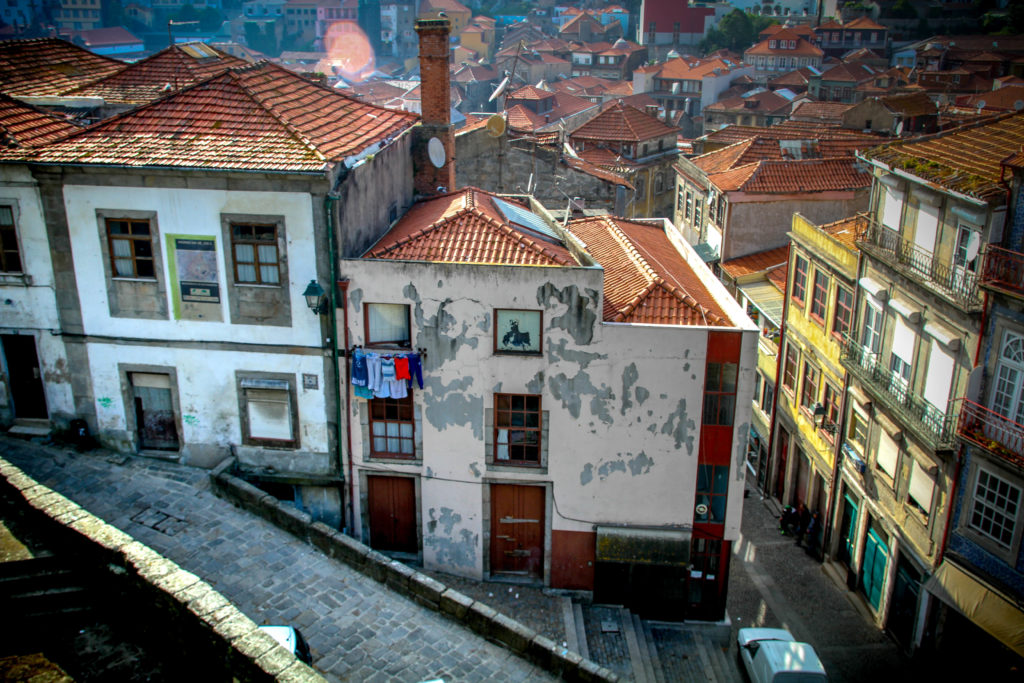


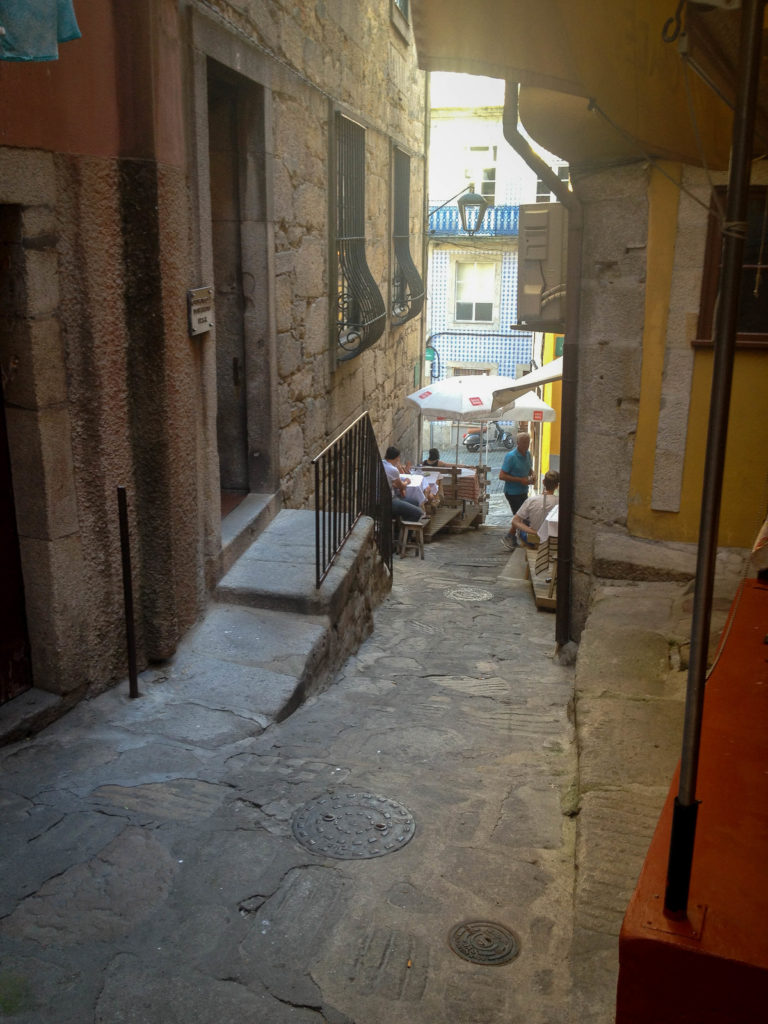
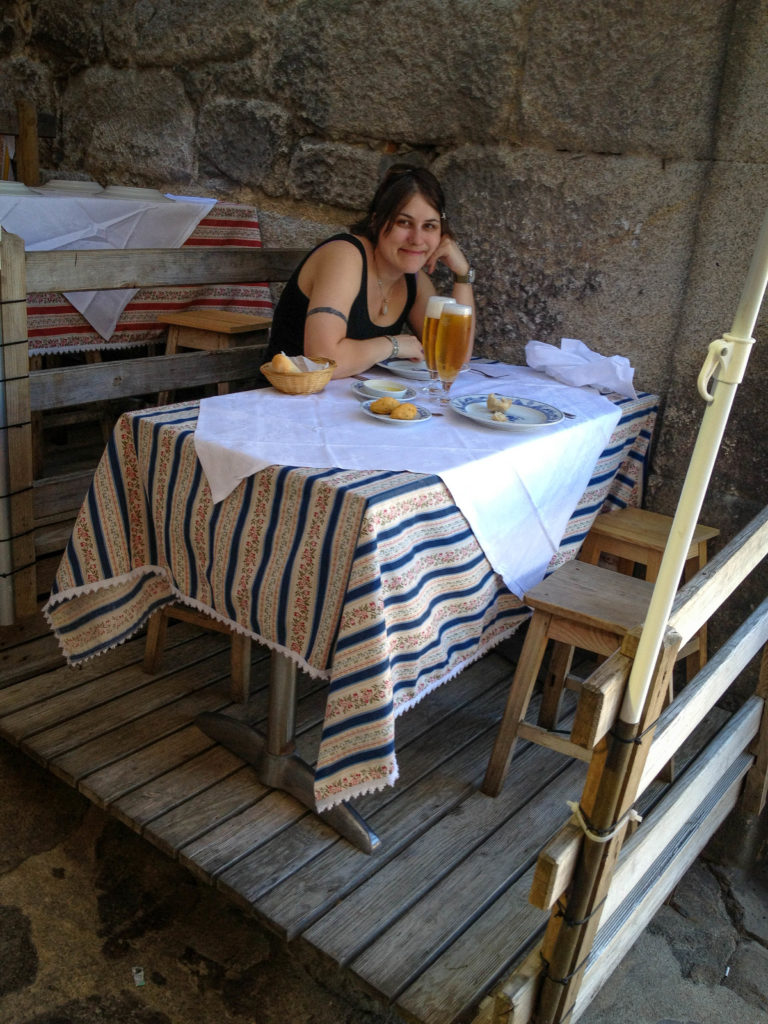
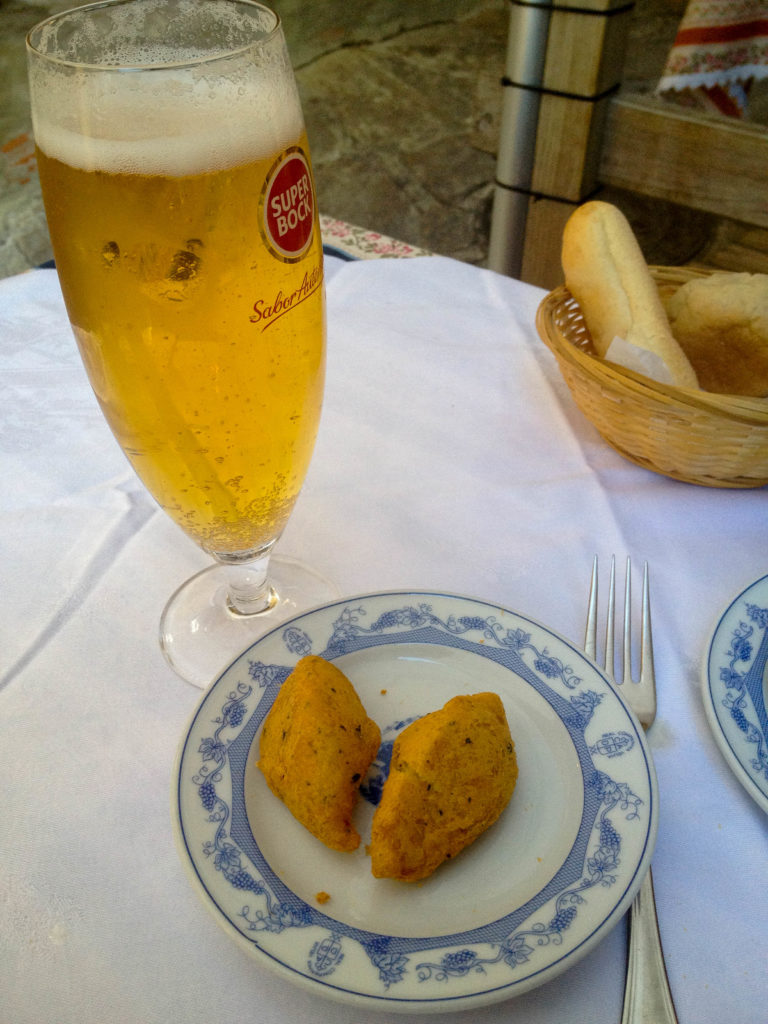
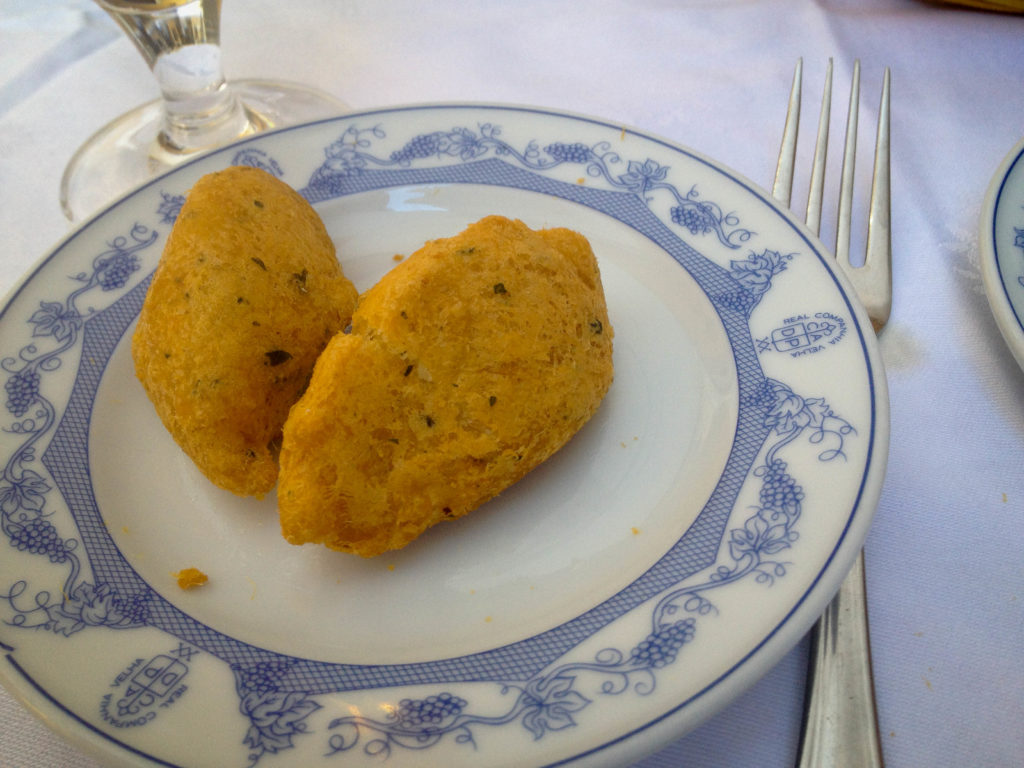
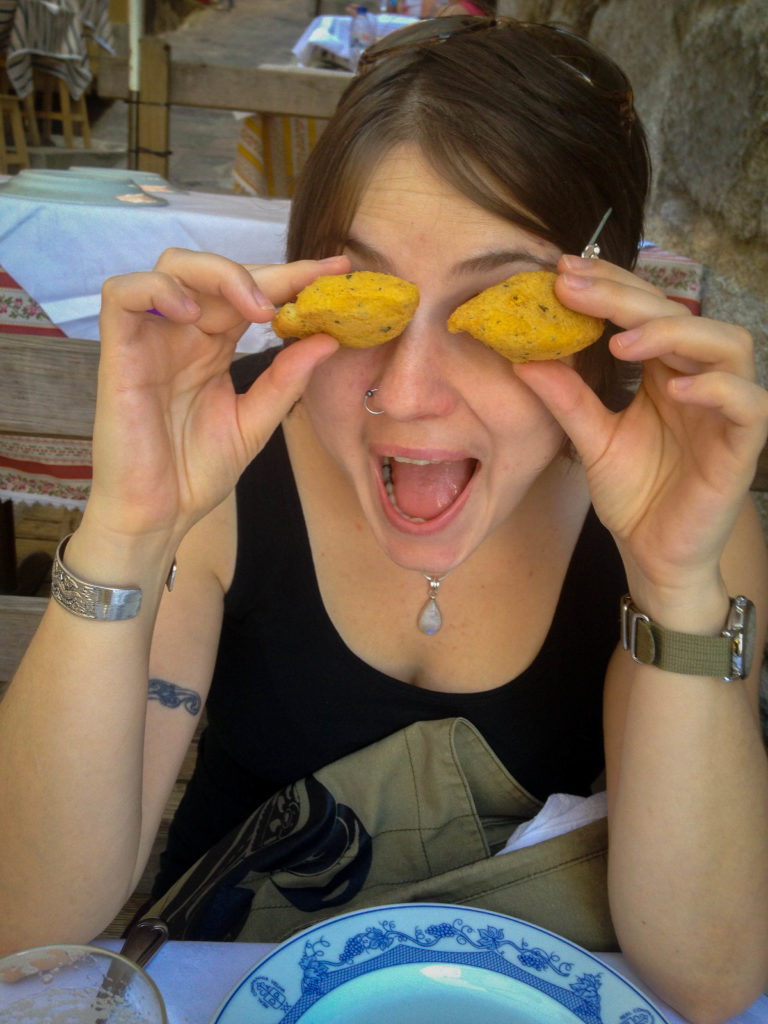
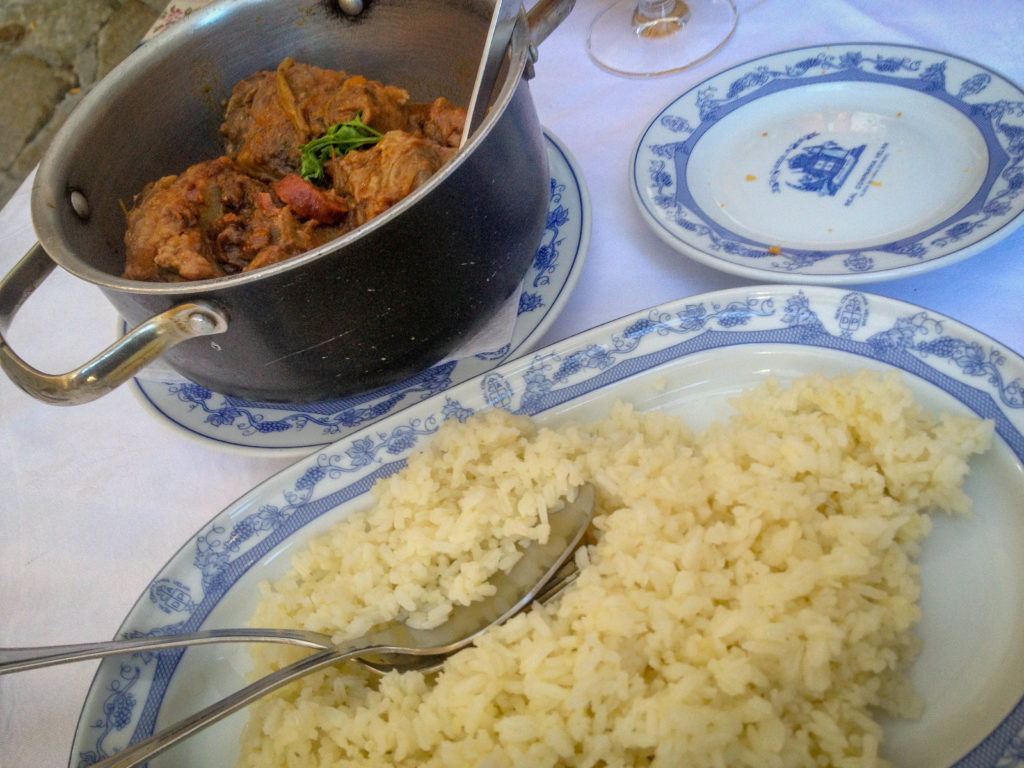
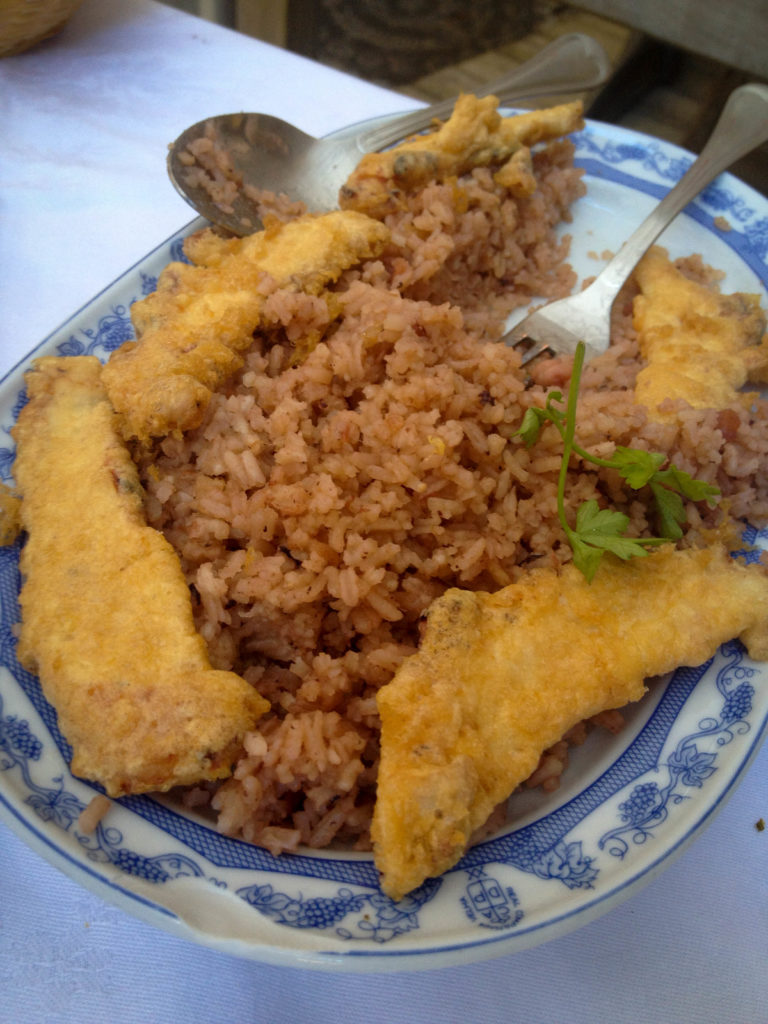



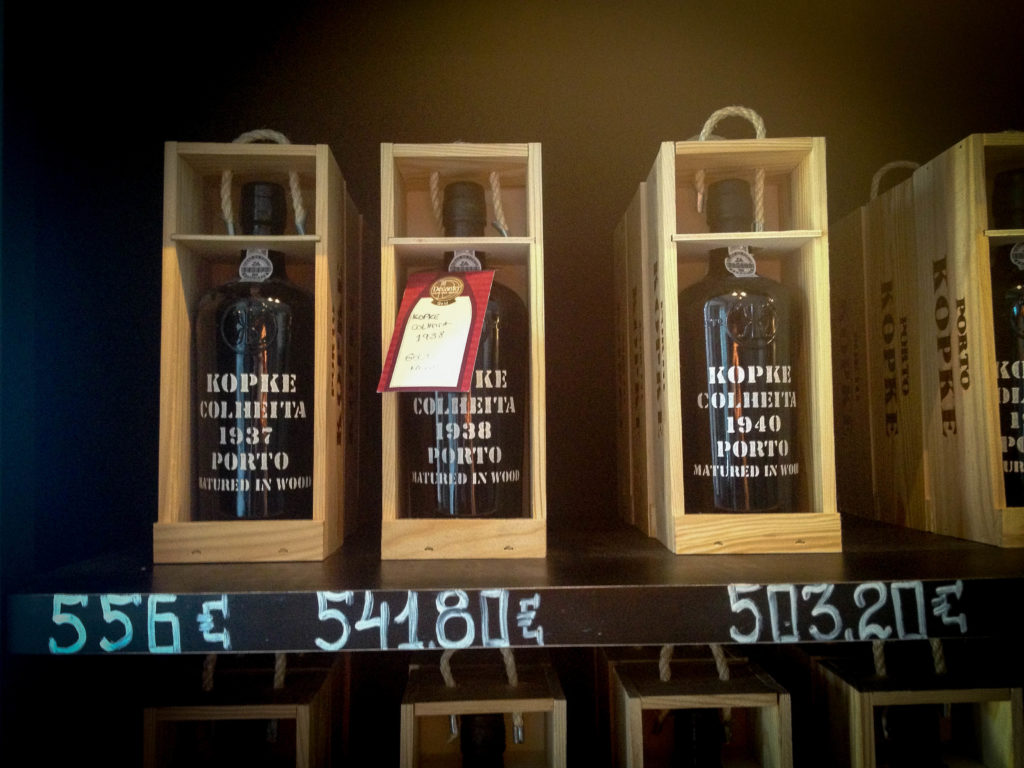
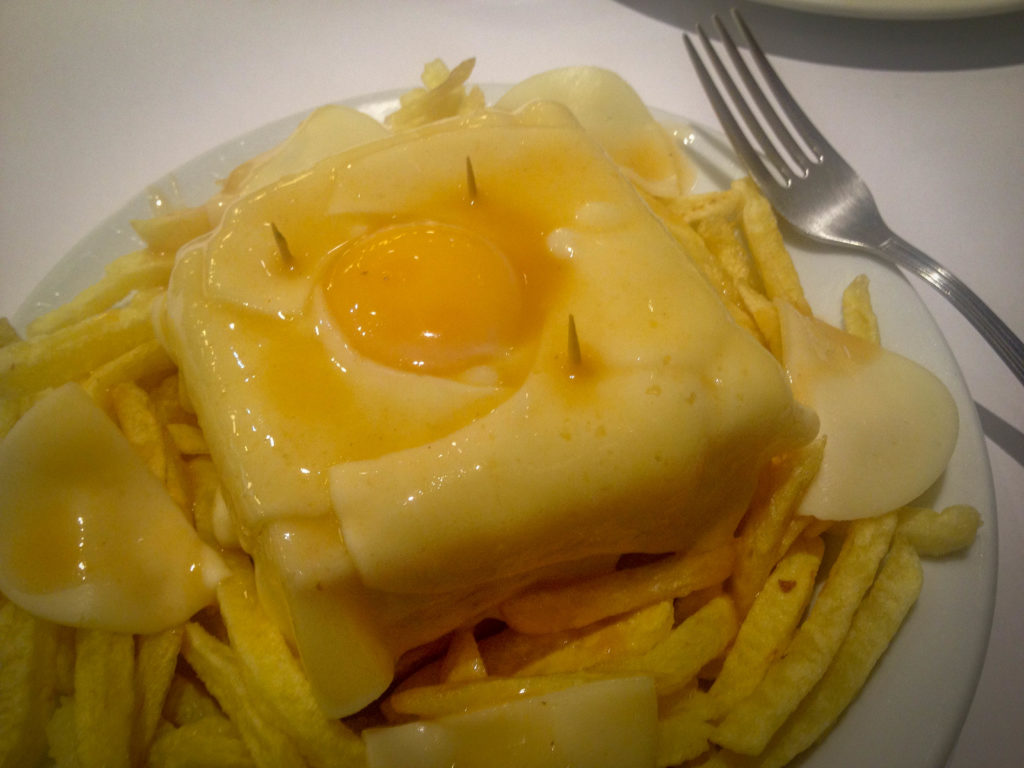
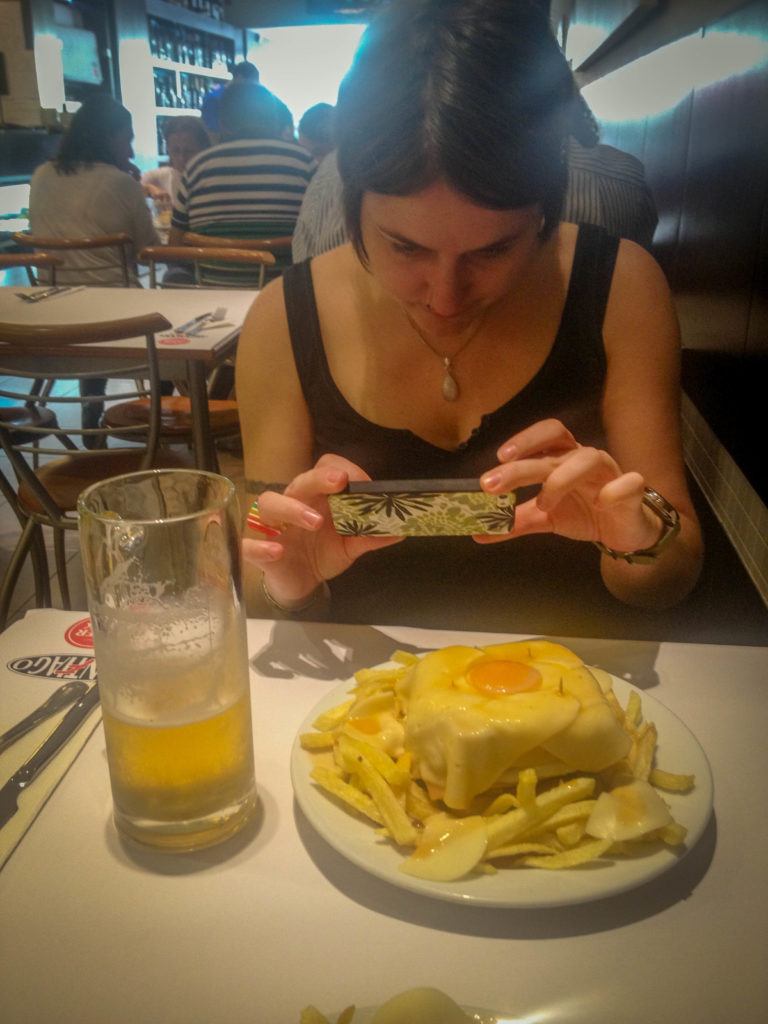
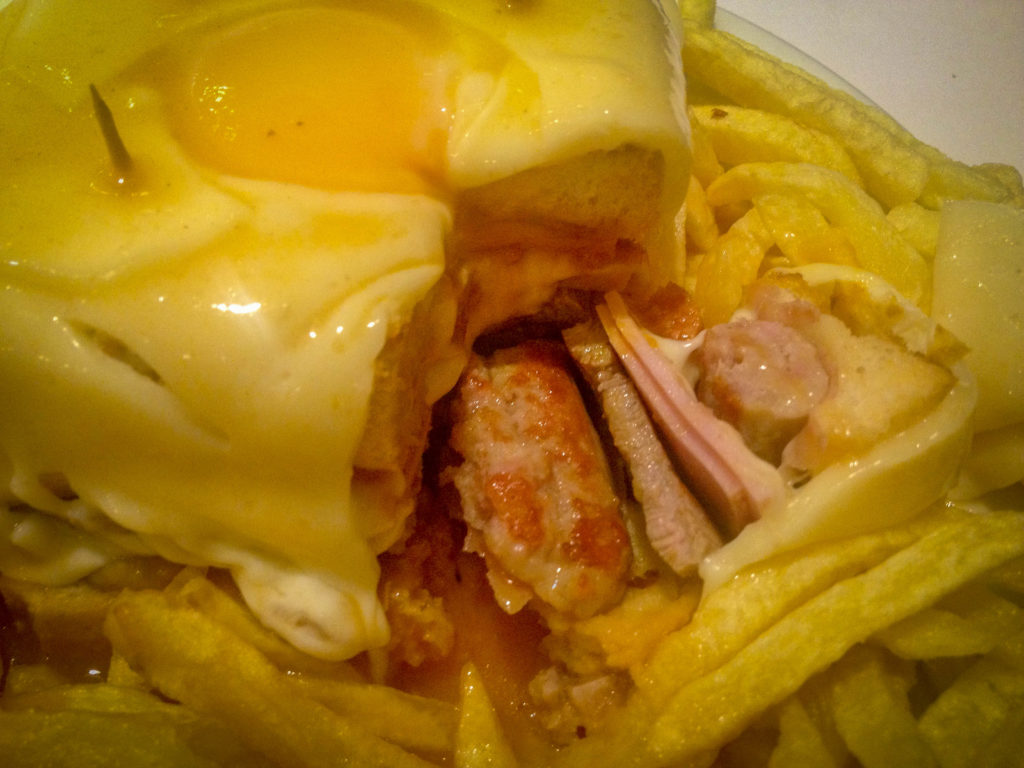

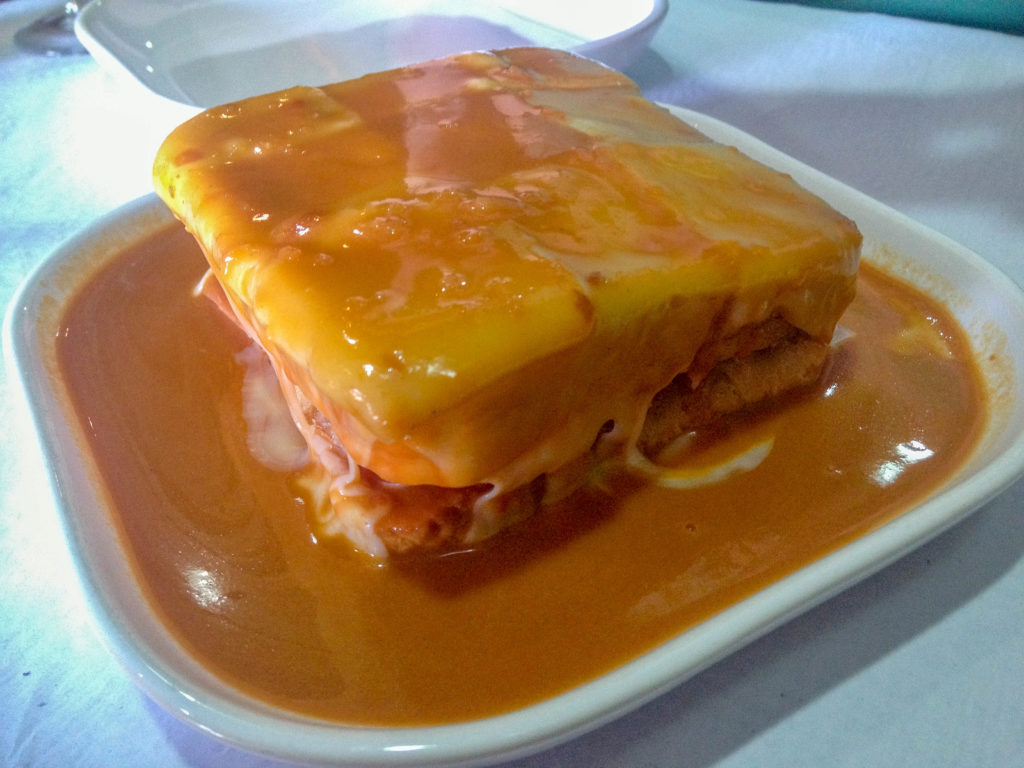
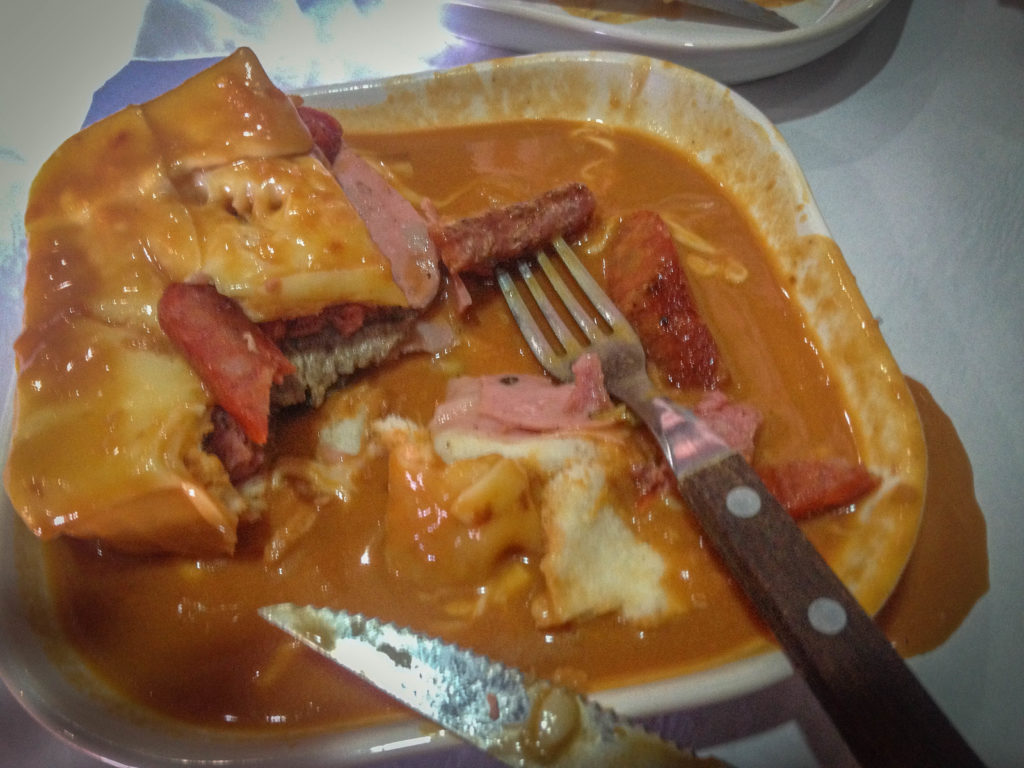
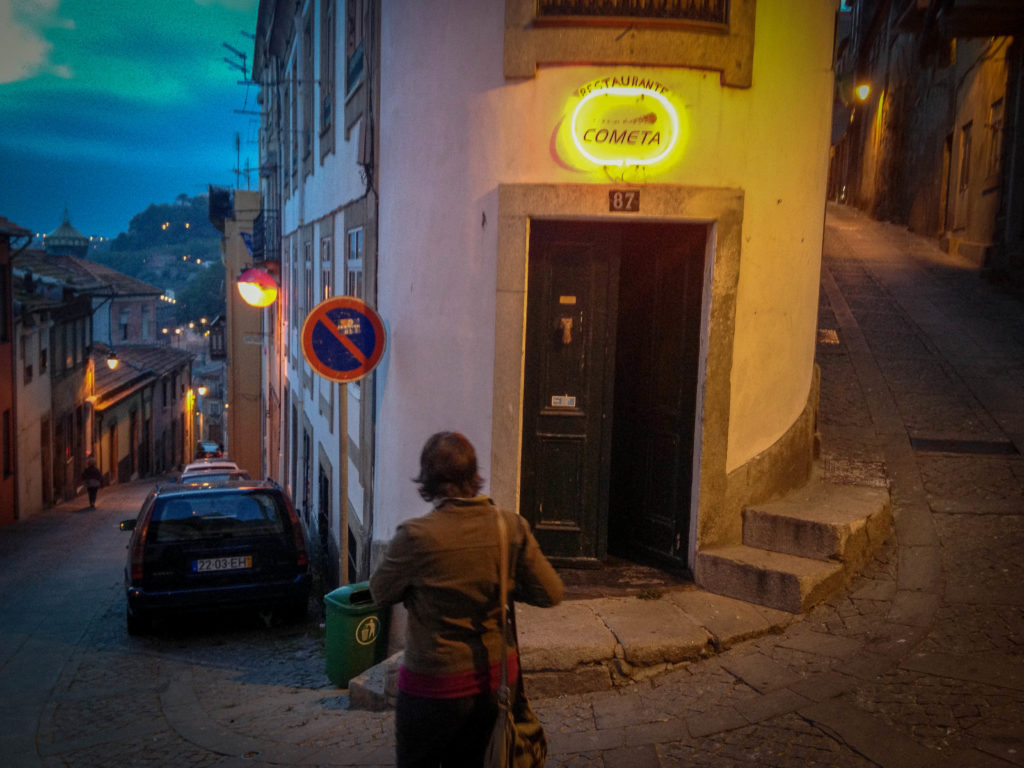
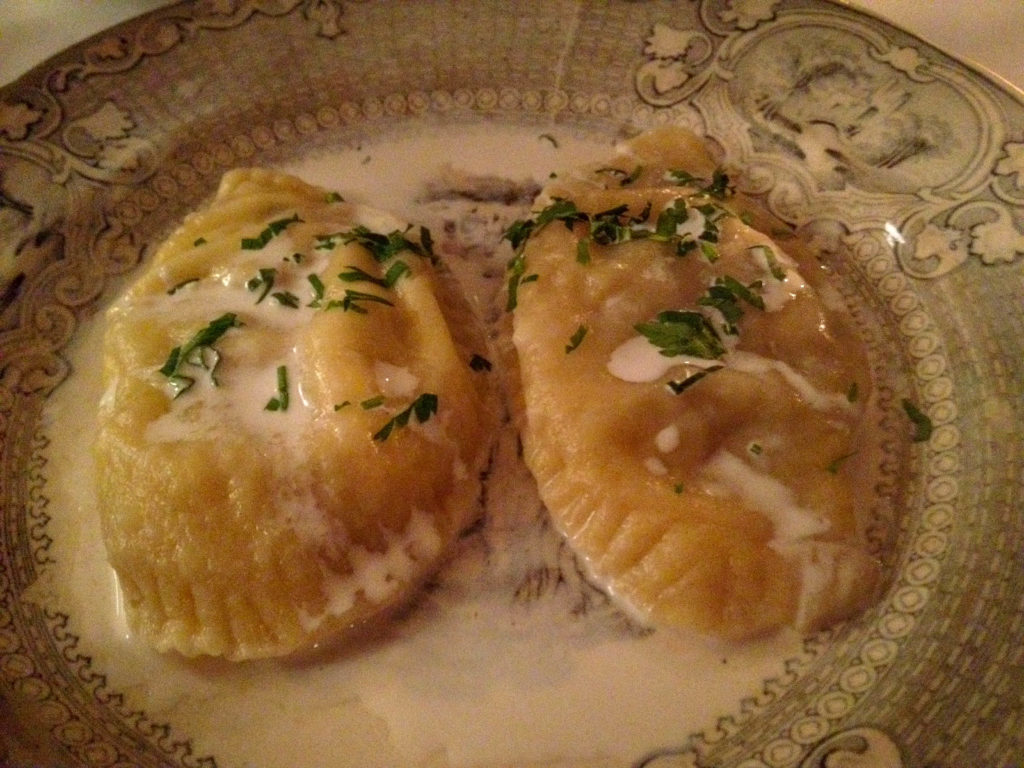

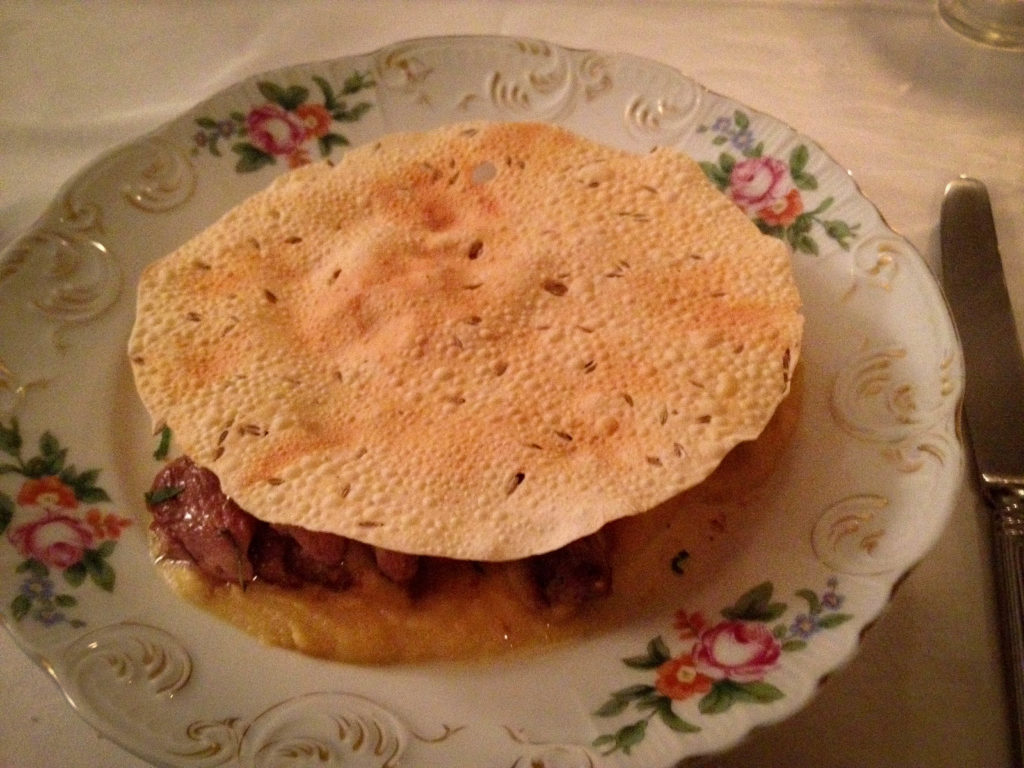
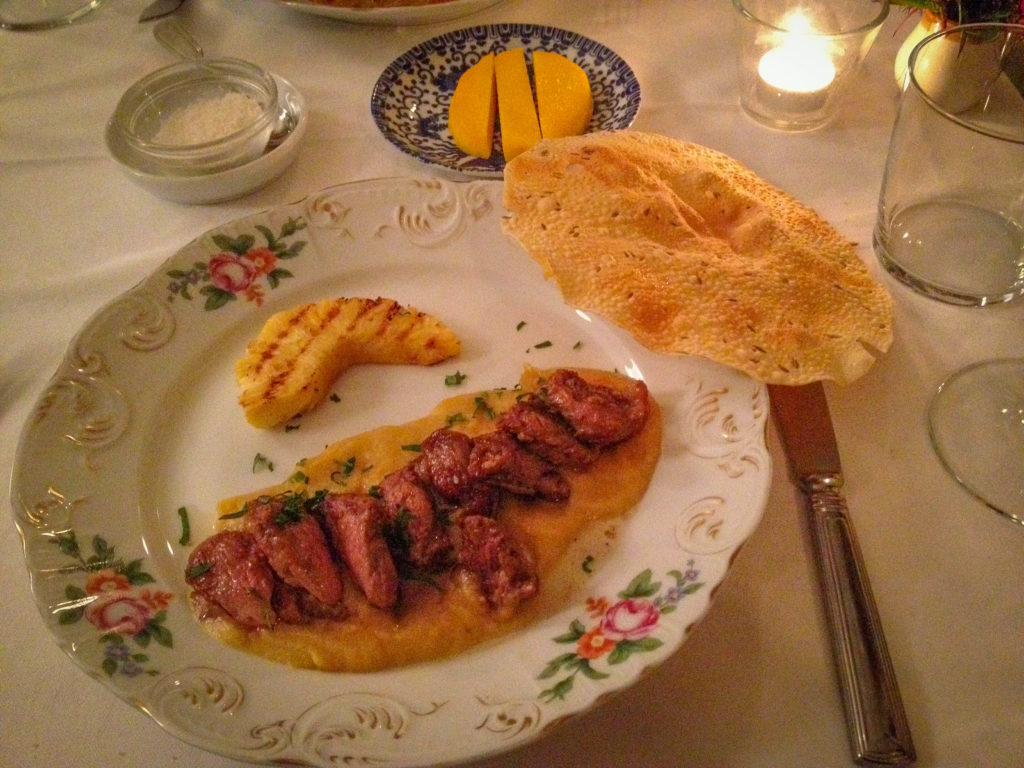
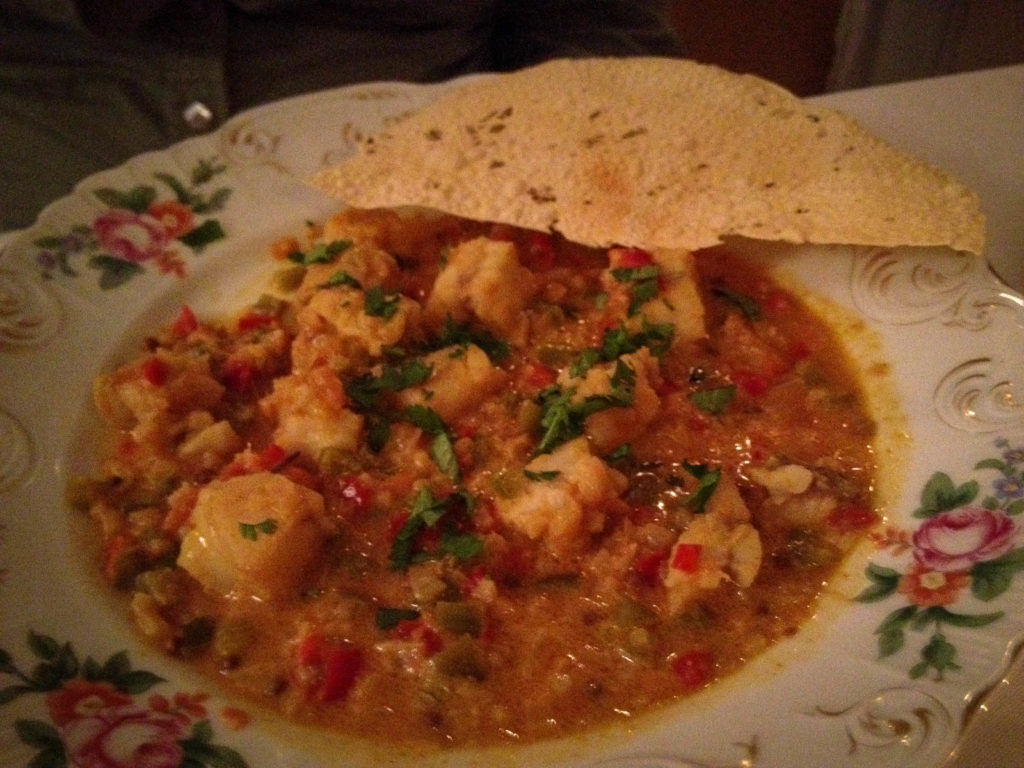
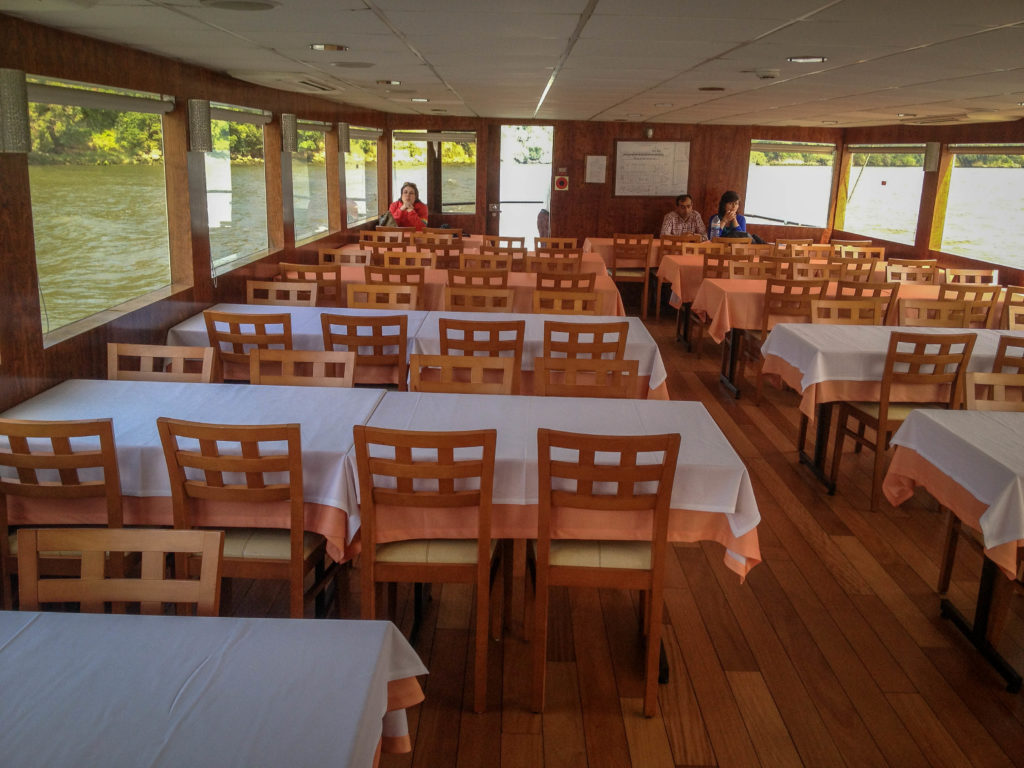
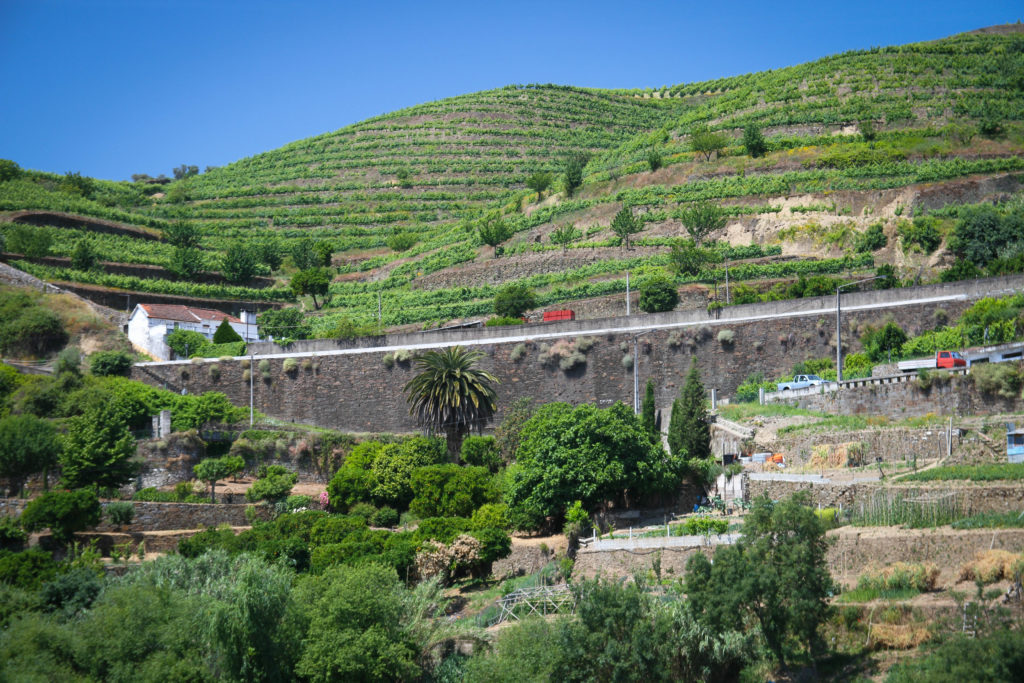
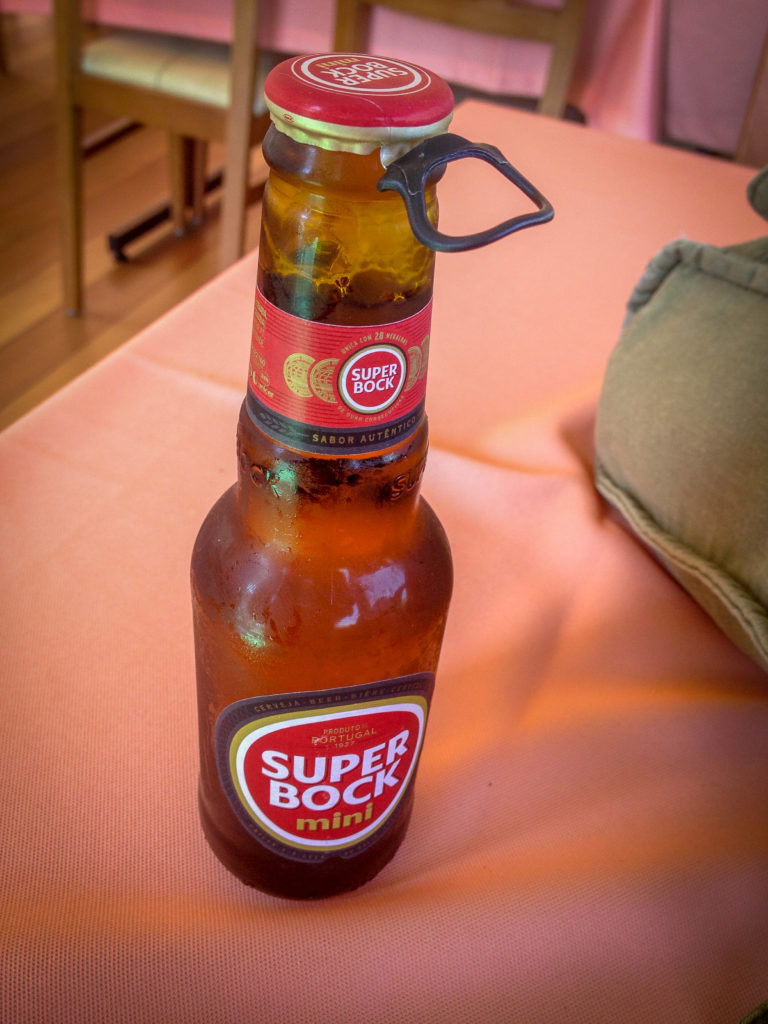

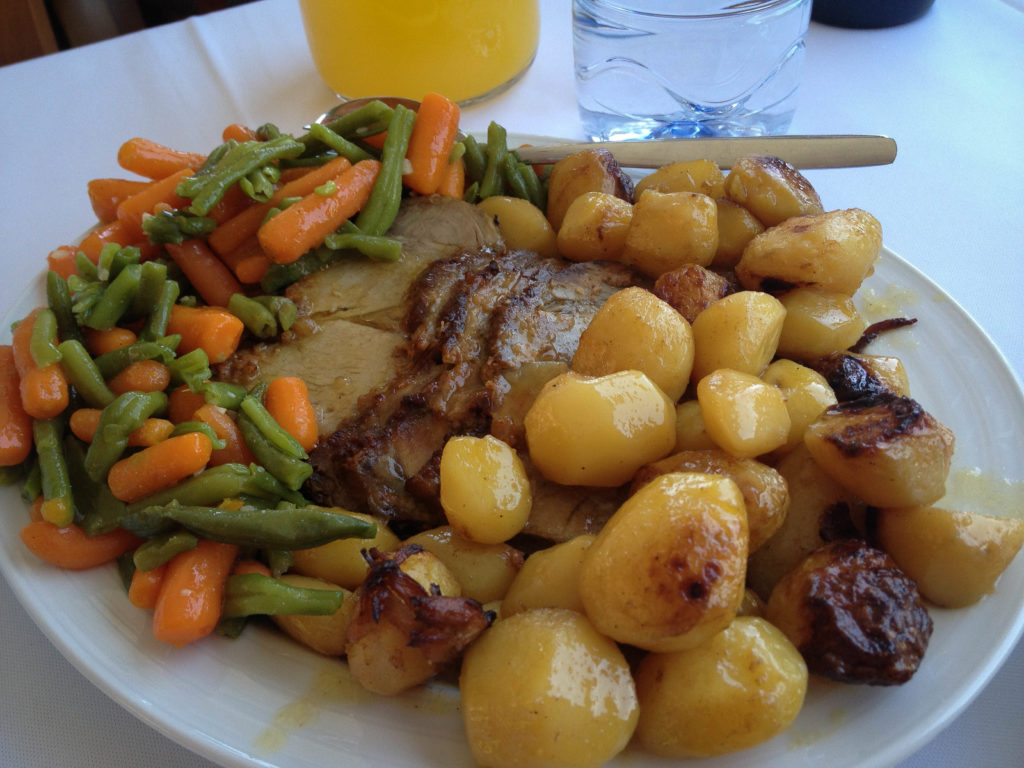
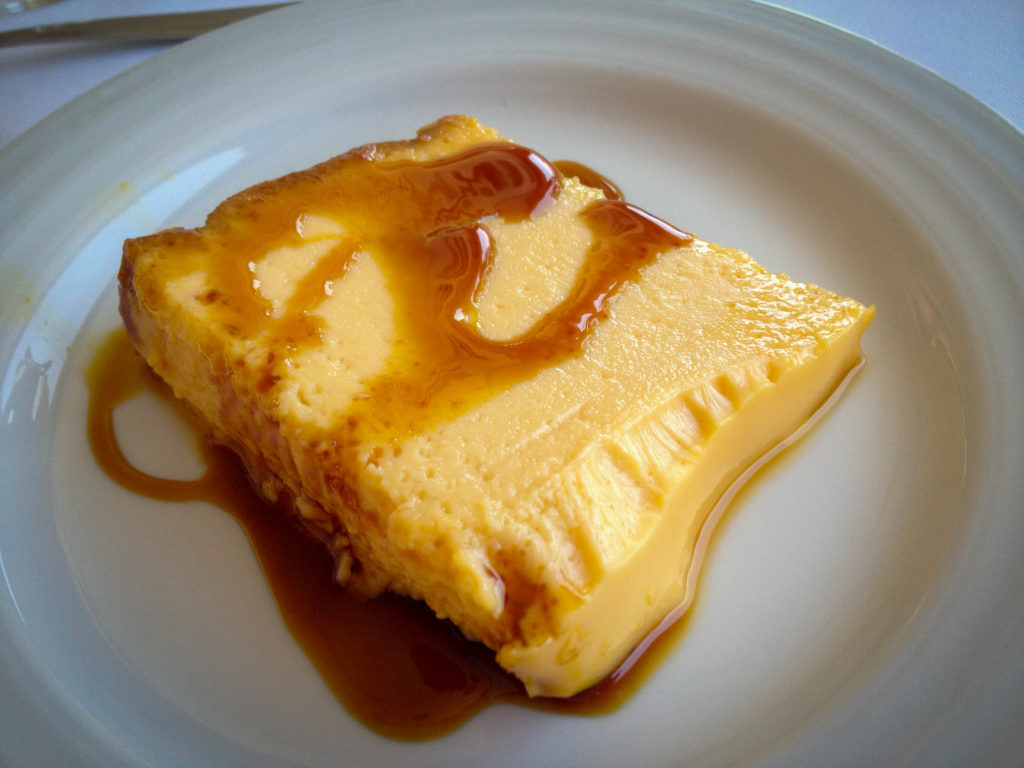
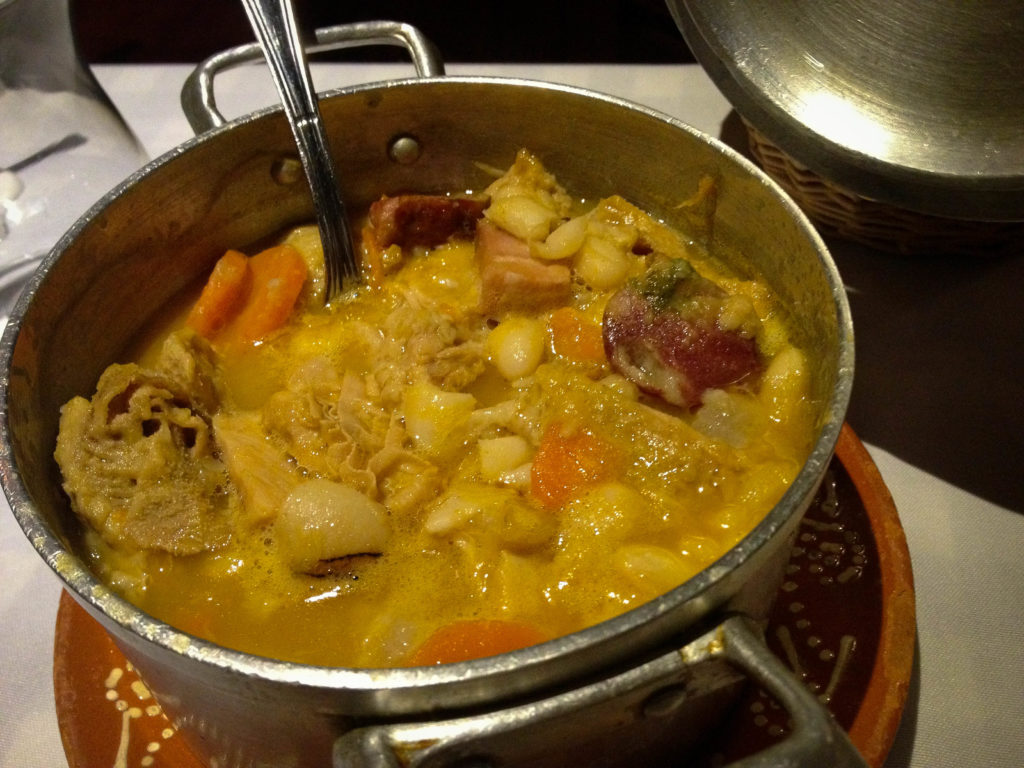
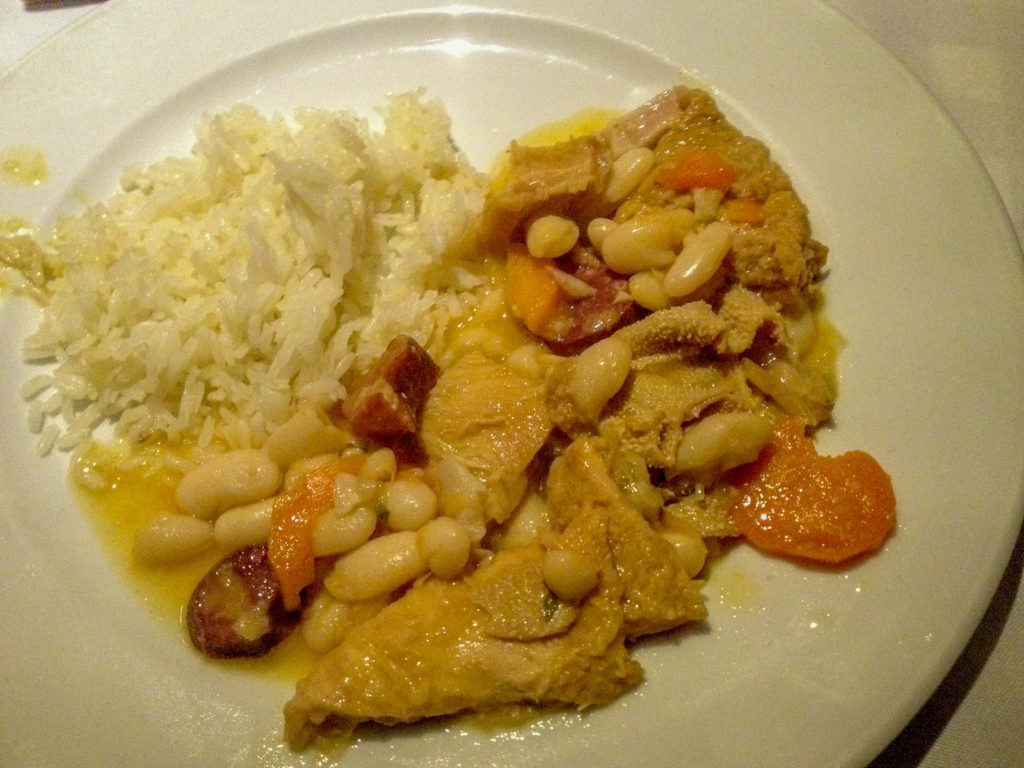
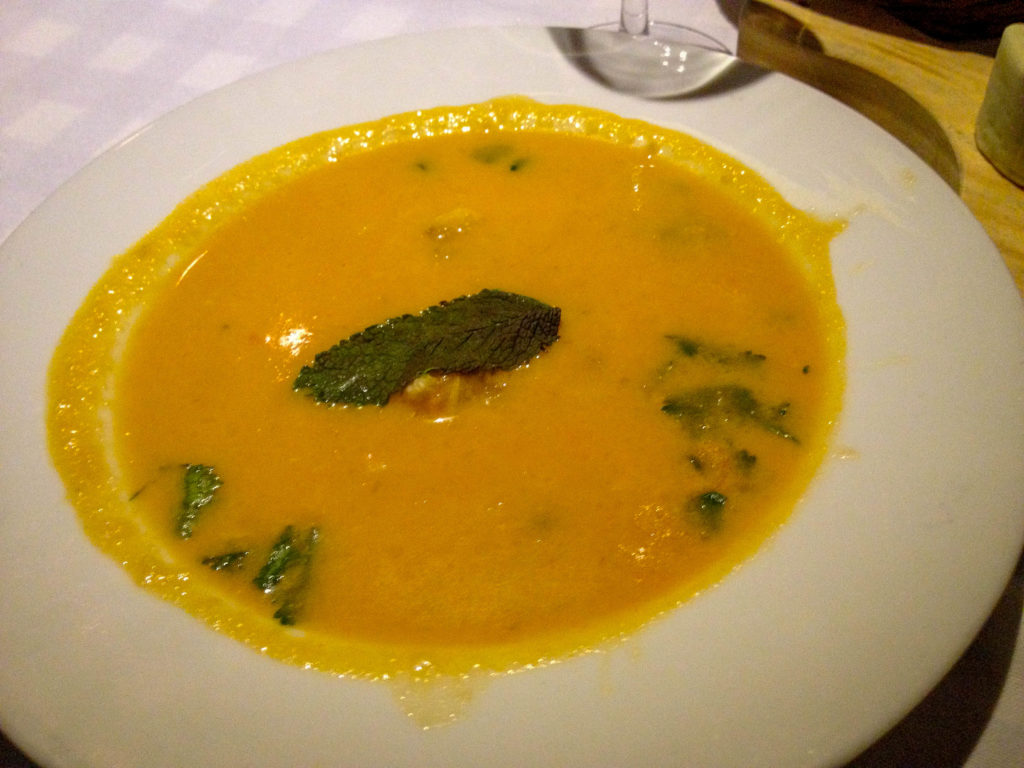
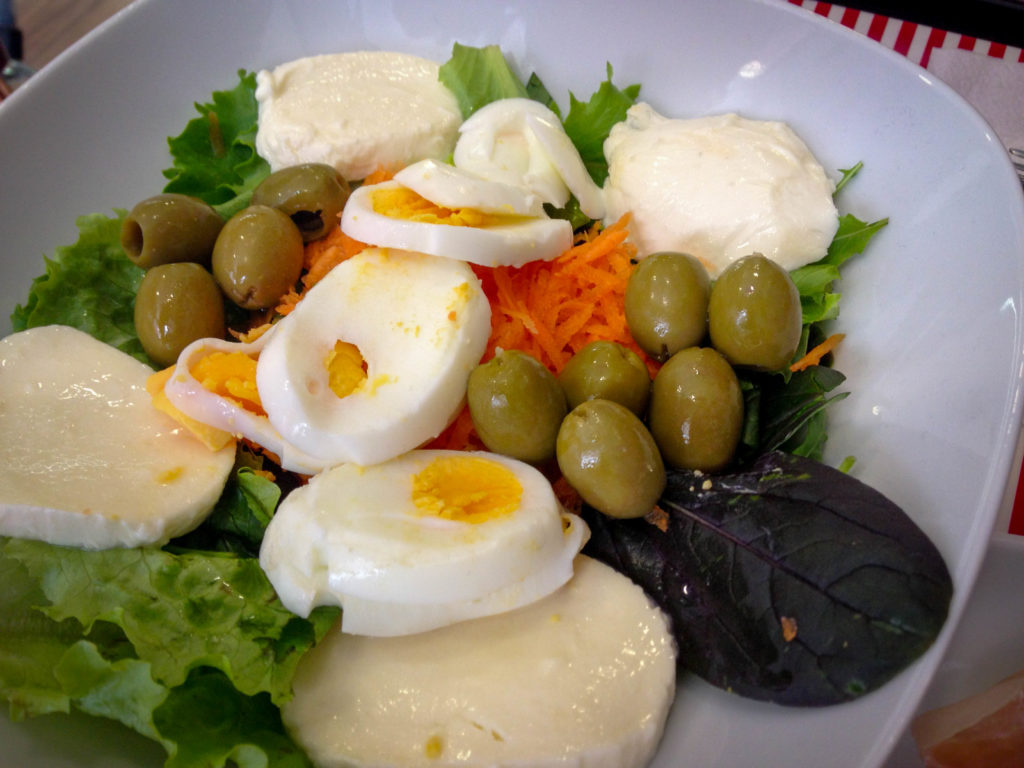

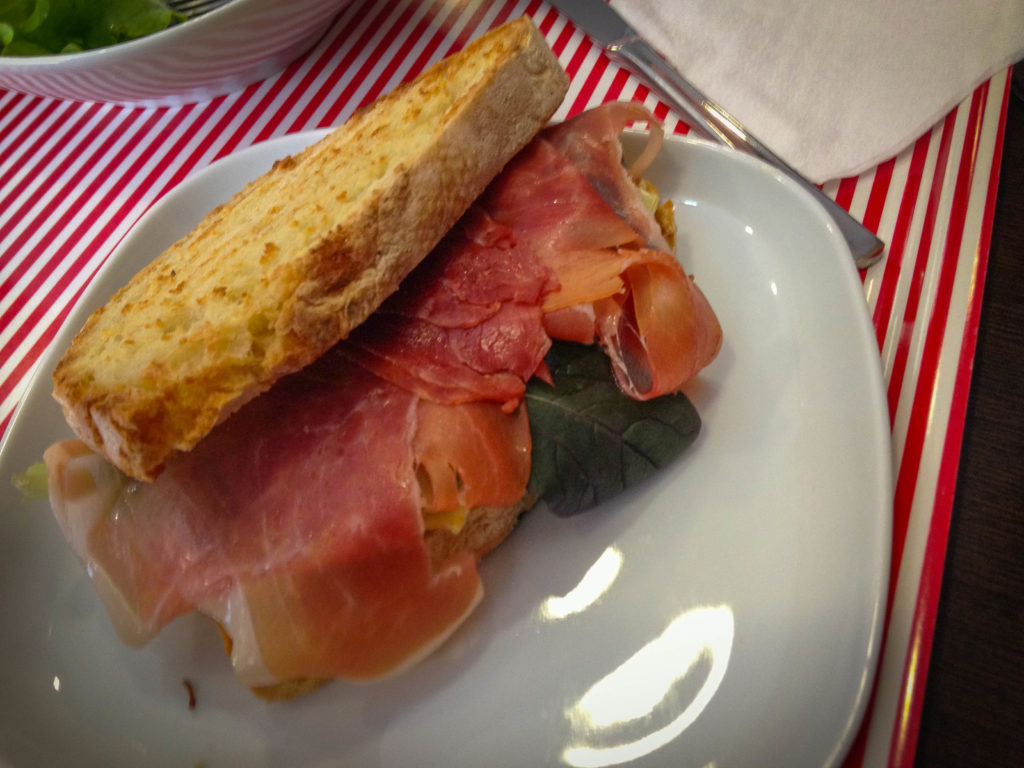
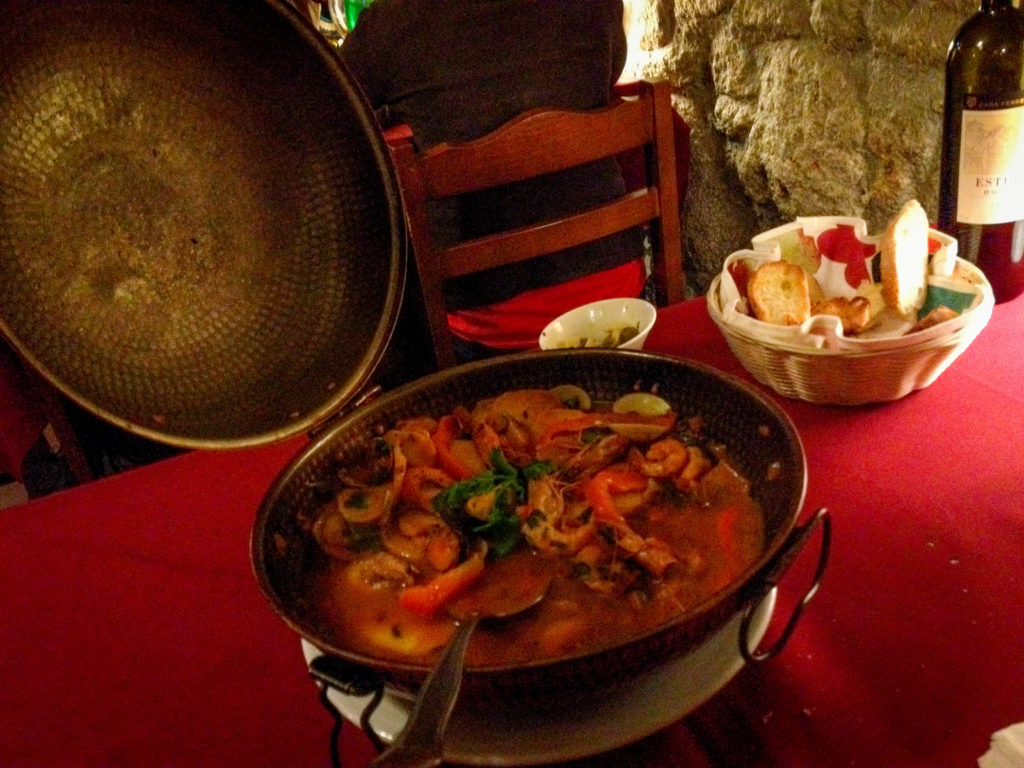
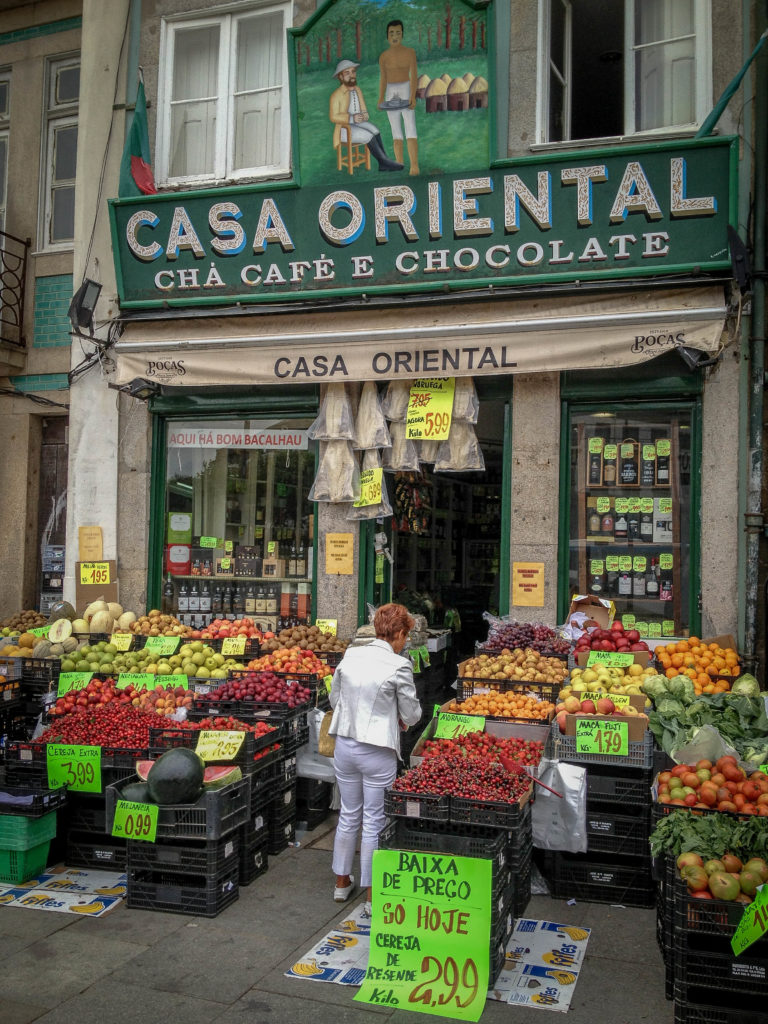
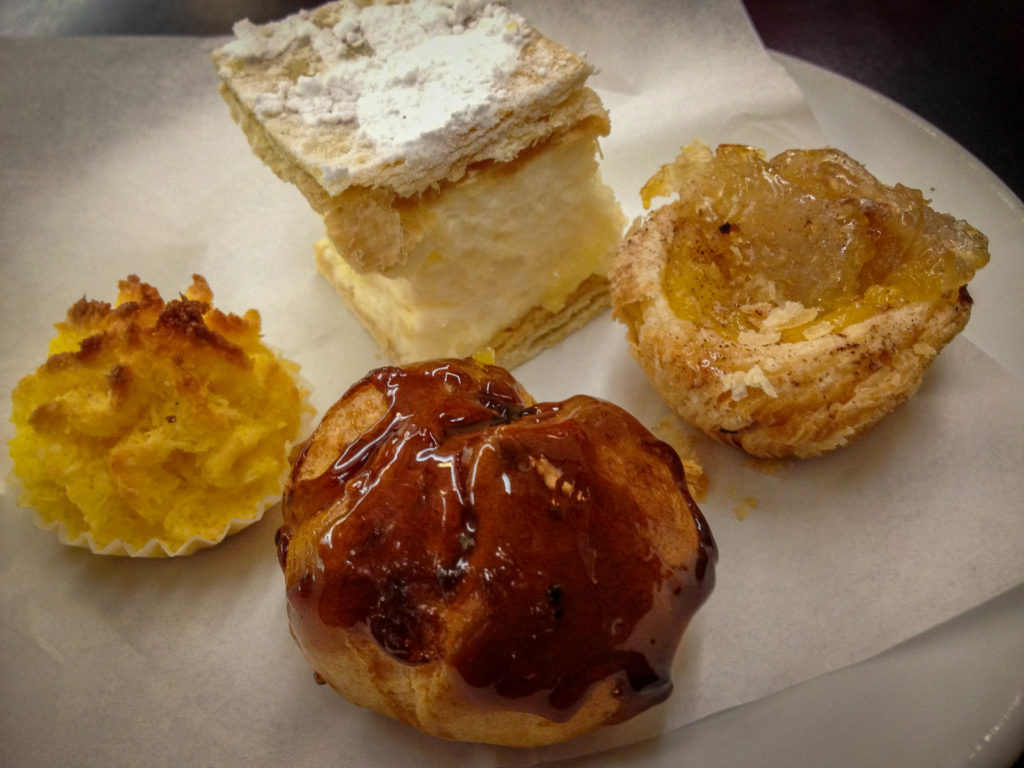

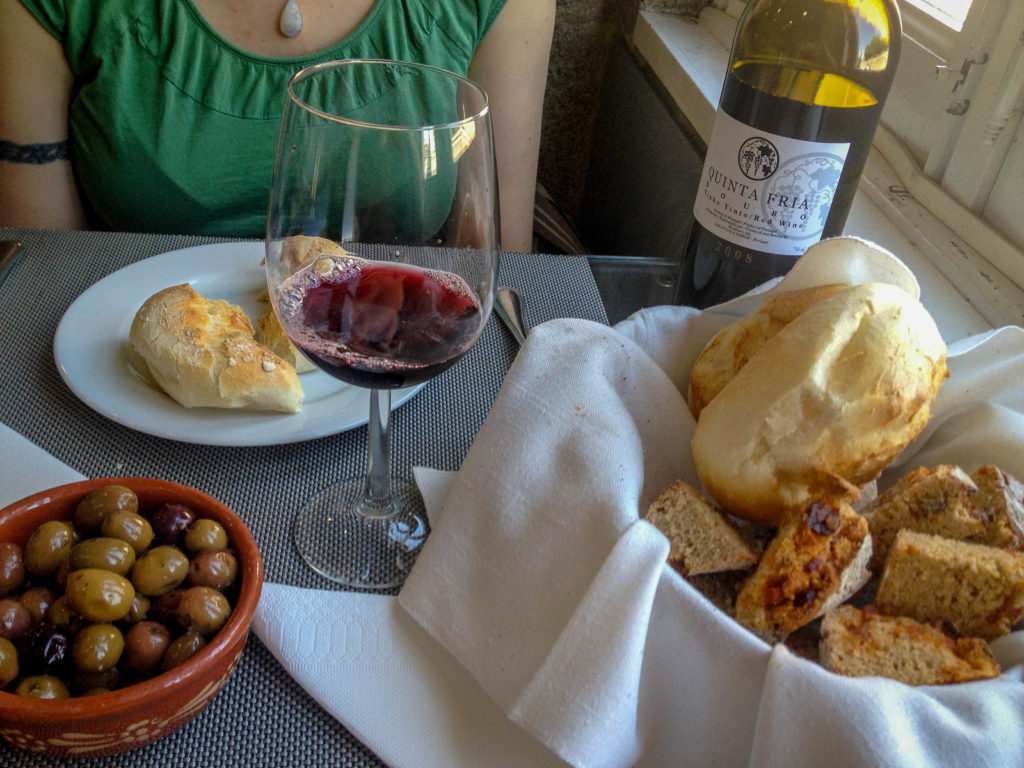

[…] won’t repost food that we tried on our first visit but you can see that here. And of course I can’t cover it all here. But I will write a more in depth Porto food tour […]